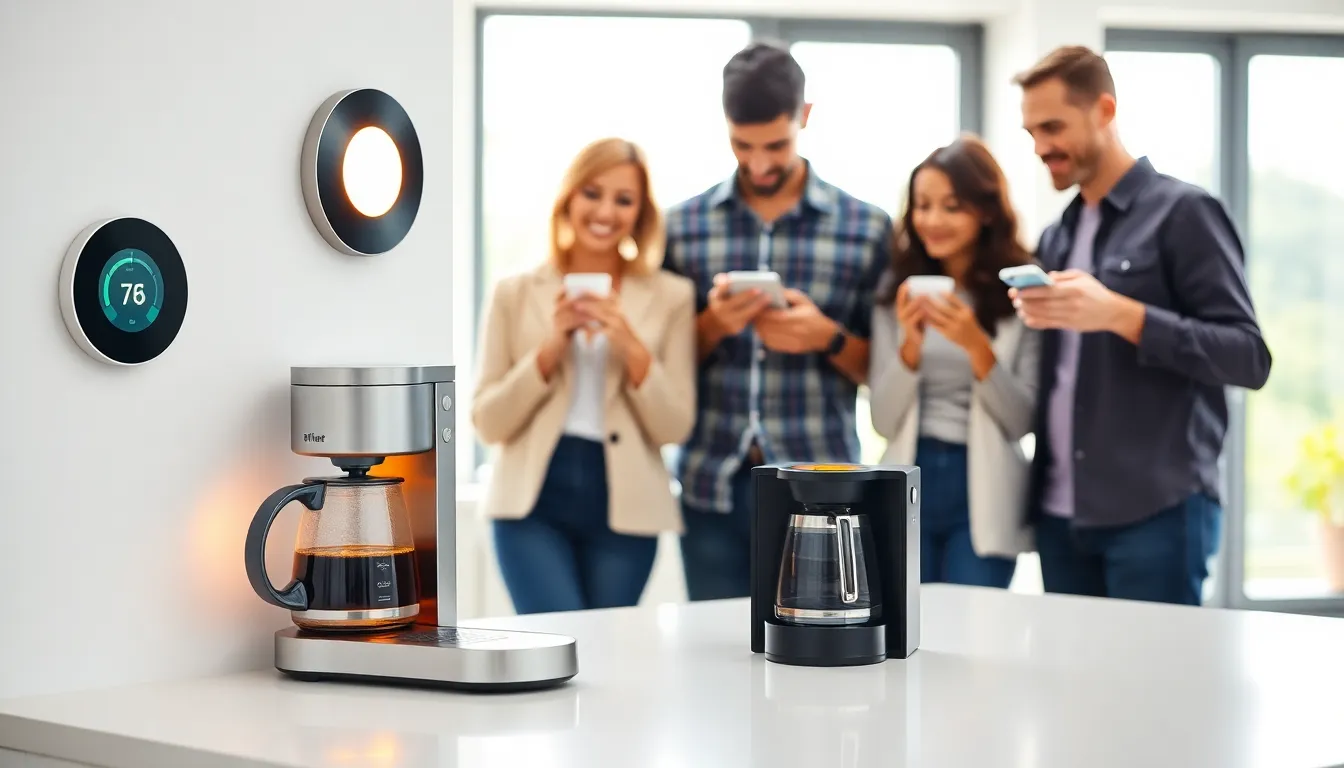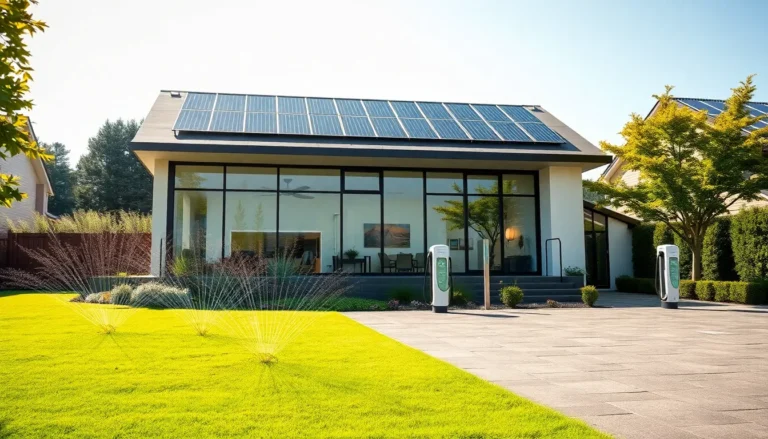Imagine a world where your toaster knows when to pop up your toast, your thermostat adjusts to your preferences without you lifting a finger, and your security system sends you a friendly notification whenever someone passes by. Welcome to the extraordinary realm of IoT in smart homes. This isn’t science fiction: it’s the wonderfully interconnected reality we live in today. Join us as we peel back the layers of this technology, unveiling the secrets behind your new best friend, the smart home.
Table of Contents
ToggleUnderstanding IoT Technology

The Internet of Things, or IoT, stands as a cornerstone of modern technology, facilitating connections between devices and the Internet. In simple terms, IoT encompasses a network where everyday objects embed sensors, software, and other technologies to communicate with each other. Picture the WiFi-enabled coffee maker that brews your morning cup as you wake up. Remarkable, right?
Understanding this technology involves grasping its core components, such as sensors, connectivity, and data processing. Sensors collect data from the environment, while connectivity ensures these devices can communicate, often through cloud services. Finally, data processing analyzes this information, allowing smart devices to respond autonomously. The genius behind IoT isn’t just connection: it’s the ability to make life easier and more efficient.
Key Components of Smart Homes
Smart homes revolve around a myriad of components that work together seamlessly, creating a cohesive system designed to enhance daily living. Frequently, these include:
- Smart Devices: Think of smart speakers, smart refrigerators, and security cameras that can be controlled remotely. These devices usually integrate with IoT systems for functional automation.
- Home Hub: Often referred to as the heart of the smart home, the hub connects all devices and allows for centralized control, whether through an app or voice commands.
- Connectivity Options: WiFi, Bluetooth, Zigbee, and Z-Wave are just a few communication protocols that allow smart devices to speak with one another without any static or delays.
Together, these components orchestrate a symphony of convenience, making life not just simpler, but more enjoyable.
Benefits of IoT In Smart Homes
The upsides of incorporating IoT into smart homes are vast and varied. Let’s jump into some tangible benefits:
- Enhanced Convenience: Automation transforms mundane tasks into seamless experiences. Imagine adjusting your home’s lighting or temperature with a simple voice command.
- Increased Energy Efficiency: IoT devices can monitor energy usage and optimize it accordingly. Smart thermostats, for instance, learn your habits and adjust settings to save energy without sacrificing comfort.
- Improved Security: Secure your home with smart locks and cameras that send real-time alerts. You can monitor your property from virtually anywhere, ensuring peace of mind.
- Higher Property Value: Homes equipped with smart technology often fetch higher market prices. Homebuyers are increasingly attracted to properties that offer modern conveniences.
Challenges and Concerns
Even though the many benefits, the integration of IoT in smart homes does not come without its challenges and concerns:
- Privacy Issues: As devices collect and transmit personal data, privacy remains a critical concern. Homeowners must be vigilant about data security measures.
- Interoperability: Not all IoT devices communicate effectively. Homeowners may encounter difficulties when attempting to integrate products from different manufacturers.
- Cost: While prices are lowering, setting up a smart home can still be an expensive venture, especially if multiple devices are required.
- Dependence on Internet Connectivity: Most smart home systems rely heavily on internet connectivity, potentially causing disruptions if the network fails.
Future Trends in Smart Home IoT
Looking ahead, the future of IoT in smart homes presents exciting trends that could redefine everyday living:
- AI Integration: Artificial intelligence will play a significant role in making devices smarter. Imagine a home that learns your preferences and autonomously adjusts settings for ultimate comfort.
- Greater Customization: Future IoT technologies are likely to emphasize personalization, enabling homeowners to tailor automated routines to fit their lifestyles more closely.
- Enhanced Security Measures: As threats evolve, so too will security features. Expect advanced threat detection and response systems that protect your home in real-time.
- Sustainable Living Solutions: Emphasizing eco-friendly practices, new IoT products may include devices that manage energy consumption more effectively, supporting sustainable living.


